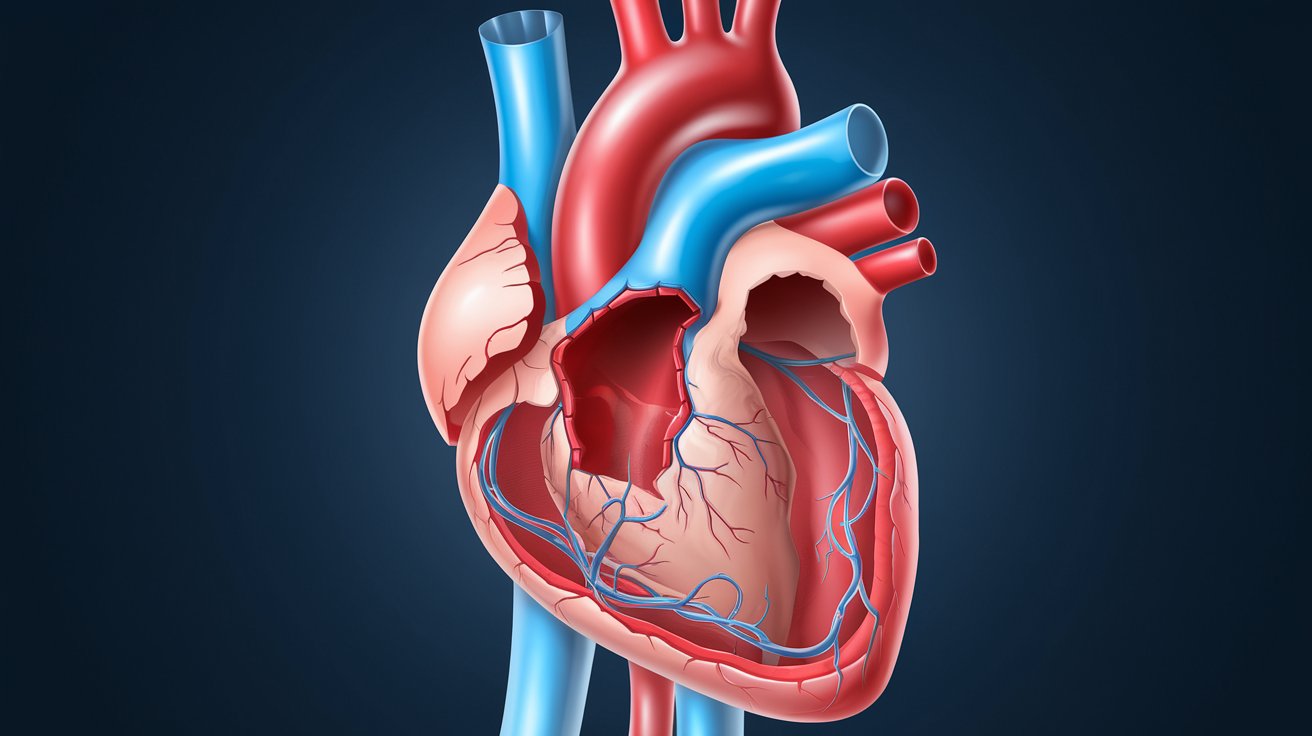
Pronator Teres Syndrome is a condition that affects the forearm, causing pain and discomfort. This syndrome occurs when the median nerve gets compressed by the pronator teres muscle. Symptoms often include tingling, numbness, and weakness in the hand and fingers. Athletes, especially those involved in repetitive arm movements like tennis or baseball, are more prone to this condition. Early diagnosis and treatment can prevent further complications. Treatment options range from physical therapy to surgery, depending on severity. Understanding this syndrome is crucial for anyone experiencing unexplained forearm pain. Let's dive into 45 facts about Pronator Teres Syndrome to help you stay informed and proactive.
Key Takeaways:
- Pronator Teres Syndrome causes pain, numbness, and weakness in the forearm and wrist. It can be mistaken for carpal tunnel syndrome and is often triggered by repetitive movements.
- Treatment options include rest, physical therapy, and surgery in severe cases. Understanding the symptoms and causes can help in early diagnosis and prevention.
What is Pronator Teres Syndrome?
Pronator Teres Syndrome (PTS) is a condition that affects the forearm and wrist. It involves compression of the median nerve by the pronator teres muscle. This can lead to pain, numbness, and weakness in the affected area. Here are some interesting facts about this condition.
- PTS is often mistaken for carpal tunnel syndrome due to similar symptoms.
- The pronator teres muscle is located in the forearm and helps rotate the arm.
- PTS can cause tingling sensations in the thumb, index, and middle fingers.
- Repetitive motions, such as typing or using tools, can contribute to PTS.
- Athletes, especially those in sports requiring repetitive arm movements, are at higher risk.
- PTS is less common than carpal tunnel syndrome.
- The condition can be diagnosed through physical exams and nerve conduction studies.
- Symptoms may worsen with activities that involve pronation and supination of the forearm.
- Rest and avoiding aggravating activities can help alleviate symptoms.
- Physical therapy exercises can strengthen the forearm muscles and reduce nerve compression.
Symptoms of Pronator Teres Syndrome
Understanding the symptoms of PTS can help in early diagnosis and treatment. Here are some key symptoms to watch out for.
- Pain in the forearm that worsens with activity.
- Numbness in the thumb, index, and middle fingers.
- Weakness in the hand and wrist.
- Difficulty gripping objects.
- Swelling in the forearm.
- A feeling of tightness or pressure in the forearm.
- Symptoms may be intermittent or constant.
- Pain may radiate from the forearm to the hand.
- Symptoms often worsen at night.
- Some patients experience a burning sensation in the affected area.
Causes of Pronator Teres Syndrome
Several factors can contribute to the development of PTS. Understanding these causes can help in prevention and management.
- Repetitive forearm movements, such as typing or using tools.
- Direct trauma to the forearm.
- Inflammation of the pronator teres muscle.
- Anatomical variations in the forearm muscles.
- Overuse of the forearm muscles.
- Poor ergonomics in the workplace.
- Certain medical conditions, such as diabetes, can increase the risk.
- Hormonal changes, particularly in women, can contribute to PTS.
- Genetic predisposition to nerve compression syndromes.
- Previous injuries to the forearm or wrist.
Diagnosis of Pronator Teres Syndrome
Accurate diagnosis is crucial for effective treatment. Here are some methods used to diagnose PTS.
- Physical examination by a healthcare professional.
- Nerve conduction studies to assess nerve function.
- Electromyography (EMG) to evaluate muscle activity.
- Imaging tests, such as MRI or ultrasound, to visualize the forearm structures.
- Patient history and symptom assessment.
- Tinel's sign test, where tapping over the median nerve causes tingling.
- Pronator compression test, where pressure is applied to the pronator teres muscle.
- Differential diagnosis to rule out other conditions, such as carpal tunnel syndrome.
- Blood tests to check for underlying medical conditions.
- Consultation with a specialist, such as a neurologist or orthopedic surgeon.
Treatment Options for Pronator Teres Syndrome
There are various treatment options available for PTS, ranging from conservative measures to surgical interventions.
- Rest and avoiding activities that aggravate symptoms.
- Physical therapy to strengthen the forearm muscles.
- Anti-inflammatory medications to reduce pain and swelling.
- Corticosteroid injections to reduce inflammation.
- Surgery to release the compressed nerve in severe cases.
Final Thoughts on Pronator Teres Syndrome
Understanding Pronator Teres Syndrome can make a big difference in managing symptoms and improving quality of life. This condition, often mistaken for other nerve issues, involves the compression of the median nerve in the forearm. Symptoms like pain, tingling, and weakness can disrupt daily activities. Early diagnosis and treatment, including rest, physical therapy, and sometimes surgery, are crucial for recovery. Knowing the causes, such as repetitive motions or trauma, helps in prevention. If you suspect you have this syndrome, consult a healthcare professional for proper evaluation. Staying informed empowers you to take control of your health. Remember, small changes in your routine can lead to significant improvements. Keep an eye on your symptoms and seek help when needed. Your well-being is worth the effort.
Frequently Asked Questions
Was this page helpful?
Our commitment to delivering trustworthy and engaging content is at the heart of what we do. Each fact on our site is contributed by real users like you, bringing a wealth of diverse insights and information. To ensure the highest standards of accuracy and reliability, our dedicated editors meticulously review each submission. This process guarantees that the facts we share are not only fascinating but also credible. Trust in our commitment to quality and authenticity as you explore and learn with us.


